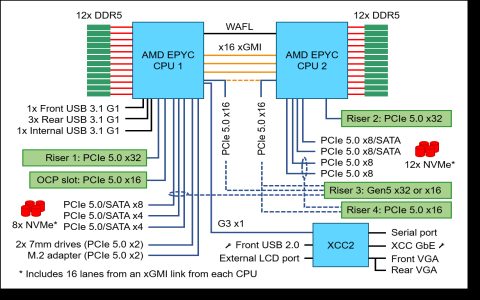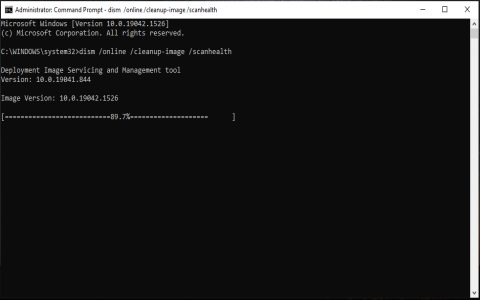Powering Off an Ubuntu Server
To safely power off your Ubuntu server, ensuring all services stop correctly and data integrity is maintained, use one of the following commands. These commands require superuser privileges, so preface them with sudo.
Using the `shutdown` command
The shutdown command is the most common and versatile method. It allows for immediate or scheduled shutdowns and notifies logged-in users.
- To power off immediately:
sudo shutdown -h now
The -h flag instructs the system to halt after shutting down. On most modern systems, this will also power off the machine.
Alternatively, you can use the -P flag for an explicit power off:
sudo shutdown -P now - To schedule a power off (e.g., in 10 minutes):
sudo shutdown -h +10You can also specify an absolute time (e.g., 23:00 for 11:00 PM):

sudo shutdown -h 23:00 - To cancel a scheduled shutdown:
sudo shutdown -c
Alternative Commands for Immediate Power Off
These commands are more direct and typically used for immediate shutdown. On modern Ubuntu systems, they often act as wrappers or achieve the same result as `shutdown -P now`.
-
sudo poweroffThis command sends a signal to the system to halt and then power down the machine. It is functionally equivalent to
sudo shutdown -P nowon most systems.
-
sudo haltThis command halts the system. On modern hardware and configurations, halt usually also powers off the machine, similar to poweroff. Historically, it would stop CPU functions without necessarily cutting power.
-
sudo systemctl poweroffFor systems managed by systemd (which includes modern Ubuntu versions), this is the native systemd command to initiate a full system power-off. Commands like poweroff and shutdown often delegate to this underlying mechanism.
Important: Always ensure critical tasks are complete and data is saved before initiating a shutdown to prevent any potential data loss or corruption.













